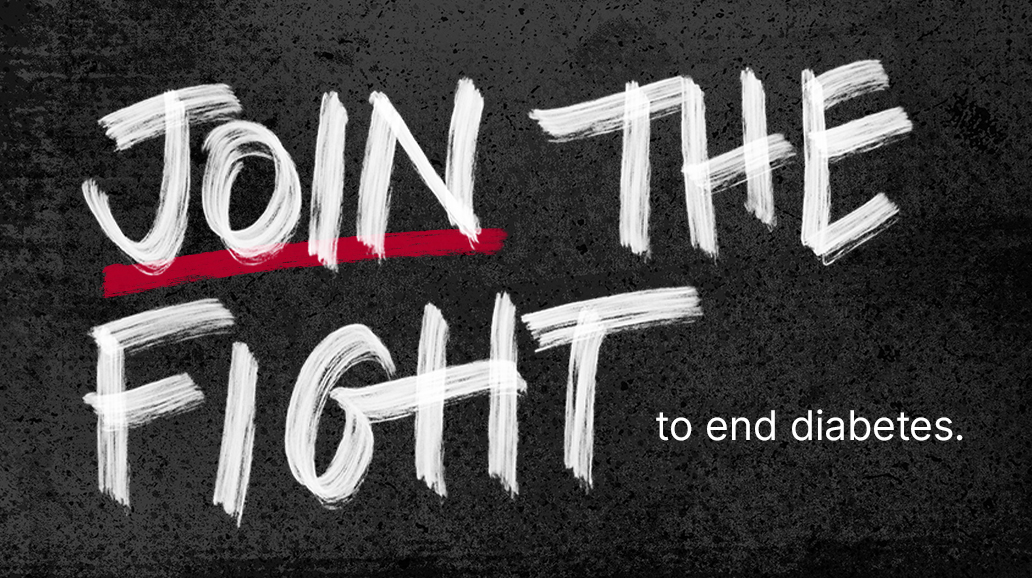
Spread the word by printing and sharing the PDF document!
Corra la voz imprimiendo y compartiendo el archivo PDF.
The Affordable Care Act, passed in 2010, includes a number of changes to improve access to health insurance for individuals and families and make coverage more affordable.
People with diabetes are benefiting from the insurance protections and new coverage opportunities.
Coverage for People with Diabetes: Starting in 2014, job-based plans and new individual plans aren't allowed to deny coverage, charge more, or refuse to cover treatments due to a pre-existing condition, such as diabetes.
Coverage for Young Adults: Young adults can stay on their parent’s insurance plan until age 26 as long as the policy covers dependents.
Free Preventive Care: Most health plans are required to provide certain health services aimed at preventing disease at no charge. This includes diabetes screenings for adults with high blood pressure; cholesterol screenings; obesity screening and counseling; diabetes screening for pregnant women; and some preventive services for children.
Certain preventive services are also free for people with Medicare, including medical nutrition therapy for people with diabetes and an annual wellness visit to develop (or update) a personal prevention plan.
Essential Health Benefits: A minimum set of "essential health benefits" like hospitalization, prescription drugs, preventive services, and chronic disease management must be covered in all new individual and small group plans (including all plans sold in the Health Insurance Marketplaces) starting in 2014.
The specific benefits and what you pay within these categories of services can vary by state and by plan.
When shopping for health insurance, it is important to ask if the plan covers the diabetes supplies, services, and prescription drugs you need, and what it costs. Look at all costs, such as the deductible and co-pays for doctor visits and each prescription drug you need.
No Annual Dollar Limits on Essential Health Benefits: Most health plans cannot set a dollar limit on what they spend on “essential health benefits” for an individual's care during a given year.
No Lifetime Dollar Limits on Coverage: Health insurance plans cannot set a dollar limit on the amount the insurance company will spend on “essential health benefits” over the course of the time a person is enrolled in that plan.
Limits on Drug Costs for People with Medicare: Medicare beneficiaries with high prescription drug costs that put them in the coverage gap (also called “donut hole”) get a 52.5% discount on covered brand-name drugs while in the gap in 2014 and a 55% discount in 2015. People will get a 35% discount on generic drugs while in the gap in 2015. Additional savings will occur each year for people in the gap until 2020, when the coverage gap won’t exist anymore.
Summary of Benefits and Coverage: Individuals have the right to get a plain language summary (called a Summary of Benefits and Coverage, or SBC) of a health plan’s benefits to help them better understand the plan’s coverage and compare plans.
Plans must provide the SBC when a person is shopping for coverage when there is a major change in benefits, or anytime a person asks for it.
The SBC must include a general coverage example for managing type 2 diabetes. This example provides a snapshot of how much the plan might pay for medical care for a sample patient with type 2 diabetes.
The example will not estimate your specific costs for managing your diabetes but will help in comparing different plans. Individuals can also ask for a copy of a glossary of terms used in health coverage.
People who don’t speak English may be able to get the SBC and glossary in their native language upon request.
New Health Insurance Marketplaces: A Health Insurance Marketplace (Marketplace) is available in every state where individuals, families, and small businesses can buy health insurance.
Plans in the Marketplace must meet certain requirements for benefits, consumer protections, and cost to the consumer.
Open enrollment starts on November 15, 2014, and ends on February 15, 2015, and there will be a yearly open enrollment period every fall.
Trained individuals called “Navigators” and other assisters are available to help individuals understand their coverage options and the enrollment process. Assistance is available in-person, over the phone, and online, and is available in multiple languages.
For more information on the Marketplace and Navigators and other assisters in your state, call 1-800-318-2596 or visit www.healthcare.gov. The American Diabetes Association also has a fact sheet on the Marketplaces you can request by calling 1-800-DIABETES (800-342-2383).
Financial Assistance: Financial assistance to make health insurance more affordable in the Marketplace is available for individuals and families who meet certain income requirements and do not qualify for affordable job-based coverage or certain other types of coverage.
Medicaid Expansion: It is up to each state to decide whether to extend Medicaid eligibility to people earning up to 138% of the federal poverty level (approximately $16,105 for an individual and $32,913 for a family of four in 2014).
Starting in January 2014, most individuals must have health insurance that is considered “minimum essential coverage” or qualify for an exemption.
Otherwise, the individual will owe a tax penalty during the following year. Plans purchased in the Health Insurance Marketplaces as well as job-based coverage, Medicare, Medicaid, state Children’s Health Insurance Programs (CHIP), TRICARE and the Veterans health care program, and certain other coverage meet this requirement.
If health insurance is not considered affordable for an individual, that person will qualify for an exemption from the tax penalty. Learn more about the individual requirement at www.healthcare.gov.

With your support, the American Diabetes Association® can continue our lifesaving work to make breakthroughs in research and provide people with the resources they need to fight diabetes.